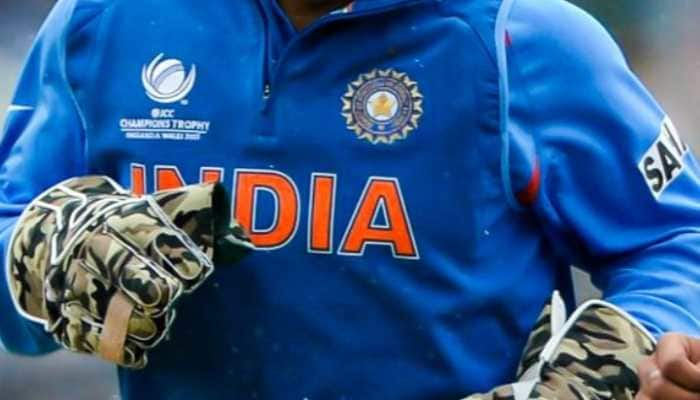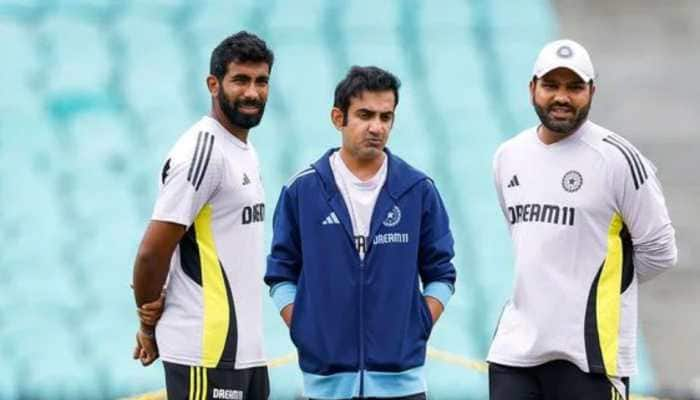All about Syria conflict
Syria`s 300,000-strong pre-war army has been halved by deaths, defections and draft-dodging.
Trending Photos
)
Beirut: Syria`s war has spiralled into a complex multi-sided conflict since it began with anti-government protests in March 2011, drawing in regional and international powers including the United States and Russia.
Here is a breakdown of the forces involved in the war, which has killed more than 330,000 people:
Syria`s 300,000-strong pre-war army has been halved by deaths, defections and draft-dodging.
It is bolstered by up to 200,000 irregulars and as many as 8,000 men from Lebanon`s Shiite Hezbollah movement as well as by Iranian, Iraqi and Afghan fighters.
Regime backer Russia began an air campaign in support of President Bashar al-Assad in September 2015, helping Damascus recapture key areas including second city Aleppo.
Iran has also given Assad major financial and military support.
The Syrian government now holds around half of the country, including major cities Damascus, Aleppo, Homs and Hama, and two-thirds of the population lives in regime-held areas.
Syria`s opposition comprises multiple factions including moderate rebels and Islamist groups.
Estimates of total opposition forces have ranged from tens of thousands to around 100,000, though their ranks have shrunk as the government has retaken territory.
Early in the uprising, rebels coalesced under the banner of the Free Syrian Army (FSA), but the opposition has since splintered.
One of the most powerful factions was Ahrar al-Sham, a hardline Islamist group that was once a strong presence in Idlib province.
In July, the group was ousted from most of the province by a jihadist coalition led by their former ally Tahrir al-Sham.
Another leading Islamist rebel group, Jaish al-Islam (Army of Islam), is active around Damascus.
Rebels who once controlled large areas now hold only around 12 percent of the country, according to Syrian geography expert Fabrice Balanche.
That includes areas now held by the jihadist Hayat Tahrir al-Sham, a coalition essentially composed of al Qaeda`s former affiliate.
Around 15 percent of Syria`s population lives in rebel-held territory.
Two major rival jihadist forces operate in Syria: the Islamic State group and former Qaeda affiliate Fateh al-Sham Front.
IS emerged from wars in Syria and Iraq to seize swathes of both countries in mid-2014.
It declared an Islamic "caliphate", committed widespread atrocities and carried out or inspired deadly attacks around the world.
Since then, IS has suffered major losses under pressure from a US-backed alliance of Kurdish and Arab fighters, as well as Russian-backed regime offensives.
By early September, IS held 15 percent of Syria, less than half what it had held at the beginning of 2017. On October 17, the group was ousted from its last footholds in its de facto Syrian capital Raqa by the US-backed Syrian Democratic Forces (SDF).
Fateh al-Sham Front split in July 2016 from Qaeda and later formed the Hayat Tahrir al-Sham jihadist coalition that controls most of Idlib.
Syria`s Kurds have largely avoided the conflict between the government and armed opposition, carving out a semi-autonomous region in northern and northeastern Syria.
Their People`s Protection Units (YPG) militia became a key partner of the US-led coalition fighting IS and forms the backbone of the SDF, an alliance of Kurdish and Arab fighters.
The YPG controls about 23 percent of Syrian territory but some three-quarters of the northern border with Turkey.
Nearly 15 percent of Syria`s population lives under Kurdish rule.
Sunni-majority Saudi Arabia, Qatar and Turkey have provided military and financial support to rebels fighting Assad, who belongs to the minority Alawite sect linked to Shiite Islam.
Long accused of turning a blind eye to jihadist activity along its southern border, Turkey has joined the US-led coalition fighting IS and deployed troops to battle the group in northern Syria.
It launched an offensive into Syria in August 2016 against both IS and the YPG, which Ankara regards as the Syrian branch of the Kurdistan Workers` Party (PKK) which has waged a 33-year insurrection inside Turkey.
Although they support opposing sides, Ankara and Moscow have worked closely in recent months to reach a political solution to the conflict and agreed to set up four "de-escalation zones" around the country.
On October 8, Turkey announced a new military operation by pro-Ankara rebels to push out the jihadists controlling the northwestern Idlib province. Turkey`s army then began setting up "observation posts" in the region on October 12 as part of the safe zone deal with Moscow.
A US-led coalition has targeted IS and other jihadists in Syria with air strikes since 2014.
The coalition includes Britain, France, Saudi Arabia and Turkey along with Australia, Bahrain, Canada, Jordan, the Netherlands and the United Arab Emirates.
It is a key backer of the SDF advance on Raqa, and is supporting the militia in an operation against IS in neighbouring Deir Ezzor province.
Stay informed on all the latest news, real-time breaking news updates, and follow all the important headlines in india news and world News on Zee News.
Live Tv







)
)
)
)
)
)
)
)
)
)
